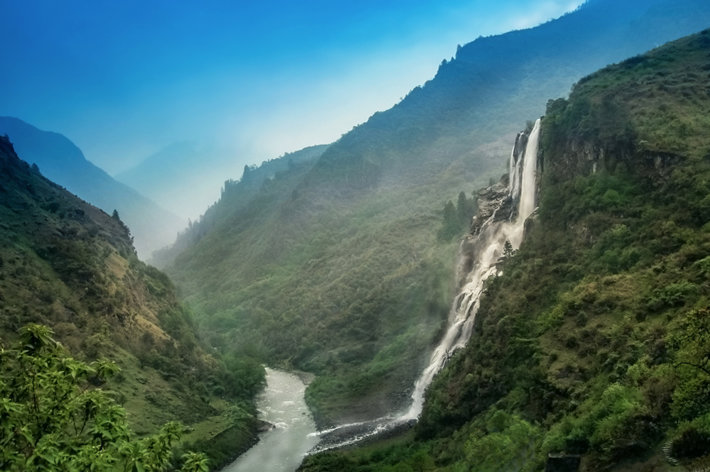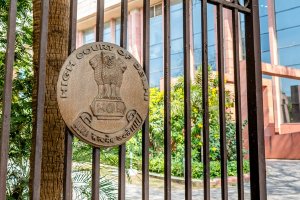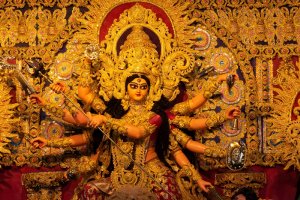A nomadic Tibetan tribe in a remote Himalayan state of India bordering China has united with local Buddhist monks to protest a government plan to build a hydroelectric project that could destroy monasteries, temples and hot springs in the Tawang district of Arunachal Pradesh, India.

Members of the indigenous tribe known as the Monpa live in the high-altitude Tawang Valley, where a small Buddhist shrine contains the footprints of Tsangyang Gyatso, the sixth Dalai Lama. The spiritual leader belonged to a lineage of Tibetan monks represented today by the 14th Dalai Lama, Tenzin Gyatso.
The shrine, called Lama Tsabtsey, is one among many sacred sites the Monpa believe is threatened by the Indian government’s plans to harness the Tawang Valley’s water resources for a hydropower project that would provide electricity to the region and its neighboring areas.
“These aren’t just sacred places,” says Lama Tashi, 82-year-old spiritual adviser to the Save Mon Region Federation. The group of more than 700 Buddhist monks opposes the government plan. “If we buy into false promises of progress by politicians and big business, our identity and indigenous traditions will be destroyed forever.”
The Tawang Valley is also home to the famous Tawang monastery. Built in 1681 on the direction of the fifth Dalai Lama, it is the world’s second-largest Buddhist monastery. The three-story structure’s inner sanctum houses life-size religious paintings and a 26-foot gilded statue of the Buddha.
More than 500 monks from the Gelug School of esoteric Tibetan Buddhism reside in the monastery’s compound, where Tenzin Gyatso found refuge when he fled to India in 1959 after Chinese troops occupied Tibet. “Every time I visit these areas, it’s very emotional for me,” he said in 2017. “I see a place where I had enjoyed freedom for the first time.”
Activists from the Save Mon Region fear that any hydroelectric dams in the region may not only destroy the famed Tawang monastery but also other holy shrines. What’s more, they are worried the proposed development could adversely impact the area’s fragile ecology and deepen existing tensions with China, which claims Tawang as part of the Tibet Autonomous Region.
Monpa tribesmen and human rights activists have joined Tawang’s Buddhist monks in peaceful protests against the Indian government’s proposed dams since 2009, two years after a state-owned enterprise, the National Hydroelectric Power Corp., was assigned to develop hydropower projects in the Tawang Chhu river basin.
In 2016, a Buddhist monk and a civilian protestor were killed and several others wounded when police opened fire at demonstrators demanding the release of an anti-dam activist named Lama Lobsang Gyatso.
“That was the turning point in our movement,” said Lama Lopsang Phontso, president of Save Mon Region Federation. The opposition from monks, villagers and activists claim moral victory over the government that has so far halted the NHPC’s projects for 2021.
But for its part, the Indian government is hopeful of eventually realizing its plans to provide hydroelectric power to the Tawang Valley. “Millions of dollars have already been spent on these projects,” said NHPC Executive Director V.R. Srivastava. “We only need assent from the local community.”
That acquiescence shows no signs of materializing anytime soon. “We will never allow projects that enslave people,” says Lama Jhampa Jha, a member of the Save Mon Region Federation.
______________
The Church of Scientology publishes this blog to help create a better understanding of the freedom of religion and belief and provide news on religious freedom and issues affecting this freedom around the world.
The Founder of the Scientology religion is L. Ron Hubbard and Mr. David Miscavige is the religion’s ecclesiastical leader.
For more information, visit the Scientology website or the Scientology TV network.


